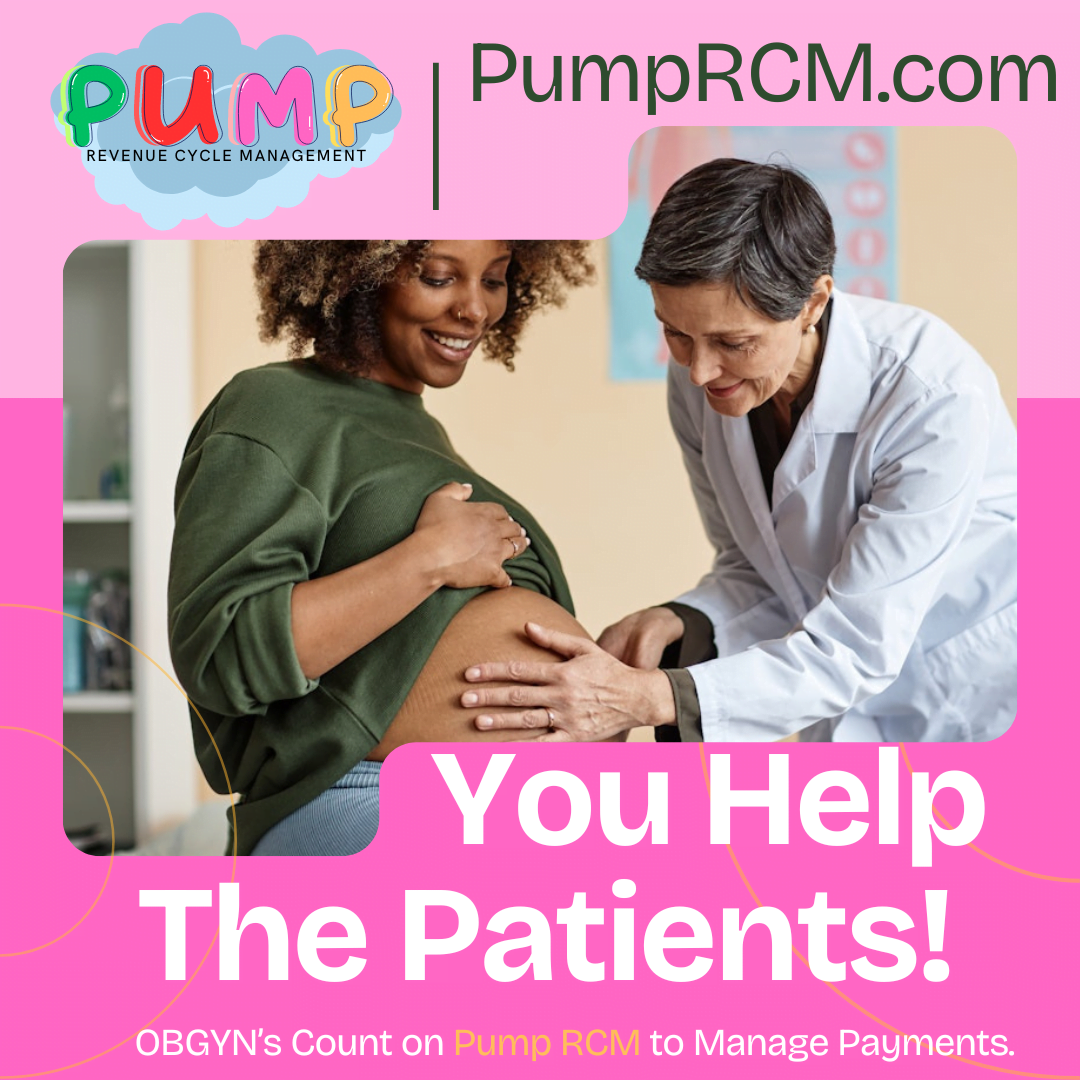How Healthcare RCM Solutions Streamline Billing and Collections
Discover Exactly How Healthcare RCM Processes Transform Administrative Tasks Into Seamless Procedures
In the ever-evolving landscape of medical care, Income Cycle Management (RCM) processes have arised as a pivotal force in transforming administrative jobs into smooth procedures. By taking advantage of sophisticated modern technology and fine-tuned approaches, RCM offers a sophisticated approach to taking care of patient enrollment, invoicing, and claims handling. The answers to these inquiries are vital for recognizing the future of medical care administration.
Recognizing Health Care RCM
Income Cycle Administration (RCM) in health care is an important process that makes certain the economic health and wellness of medical institutions by supervising the whole lifecycle of person service profits. It integrates various management and clinical functions, starting from the first scheduling of a clinical consultation to the eventual collection of payment for solutions provided. Healthcare RCM. RCM is pivotal in taking care of the complexities of payment and repayments, making sure that health care service providers get payment for their solutions effectively and accurately
Key facets include client scheduling, insurance policy verification, cost capture, case entry, and payment uploading. RCM is not solely about economic collections; it additionally intends to enhance person complete satisfaction by decreasing billing errors and enhancing openness.
The effectiveness of RCM is contingent upon the seamless assimilation of innovation and human resource experience. Employing innovative software remedies allows healthcare organizations to automate repetitive tasks, consequently decreasing management problems. Additionally, experienced employees are necessary in browsing regulatory needs and payer policies, guaranteeing conformity and maximizing earnings recovery.
Improving Patient Registration
Enhancing individual enrollment is an essential action in enhancing the effectiveness of healthcare revenue cycle monitoring. It involves maximizing the preliminary communication in between people and healthcare carriers to make sure a smooth data collection procedure.
Automated systems assist in verifying insurance coverage eligibility in real-time, which not just reduces administrative burdens yet likewise improves individual fulfillment by preventing unforeseen payment issues. Furthermore, pre-registration processes permit patients to full kinds on-line prior to their go to, lowering wait times and making it possible for personnel to concentrate on more facility tasks. This aggressive method makes certain that all required details is collected and confirmed prior to care is supplied, thereby protecting against delays in subsequent payment and declares procedures.
Educating staff to use these systems effectively is important. It makes certain that data entrance is regular and accurate, cultivating a smooth transition from client enrollment to various other revenue cycle processes. Inevitably, streamlining client enrollment lays the structure for an extra efficient, patient-centered healthcare shipment design.
Effective Billing Solutions
Efficient invoicing solutions are important to optimizing health care revenue cycle monitoring. They serve as the backbone for guaranteeing precise and prompt financial purchases between patients, health care suppliers, and insurance policy business.
Additionally, efficient payment solutions equip medical care carriers to provide transparent rates and payment information to people, fostering trust and enhancing person satisfaction. Real-time billing systems allow medical care pop over here team to give instant feedback on person eligibility and out-of-pocket prices, enhancing the general individual experience. These services also enable seamless combination with electronic health documents (EHR), ensuring that invoicing and professional info remain in sync, decreasing management worries on doctor.
Including efficient invoicing remedies right into the profits cycle administration framework not just maximizes operational performance but also strengthens economic performance. By reducing errors, speeding up payment cycles, and improving patient communication, health care organizations can concentrate a lot more on supplying high quality treatment while keeping financial sustainability.
Maximizing Claims Handling

In the realm of health care revenue cycle monitoring, maximizing claims processing is important for preserving monetary wellness and operational efficiency. A streamlined claims process decreases the time in between service delivery and payment, thereby improving capital and reducing the probability of errors. Reliable insurance claims refining begins with accurate documentation and coding, which are important to ensure that insurance claims are submitted without inconsistencies that might bring about denials or delays.
Leveraging advanced innovation, such as automated cases administration systems, can substantially enhance the performance of this procedure. These systems are created to automate repeated tasks, track cases through each phase, and flag potential problems early. This not just decreases the management worry on staff however also enhances the accuracy of submissions by minimizing human error.

Enhancing Earnings Collection

In addition, rejection administration plays an important function in optimizing profits collection. Determining patterns in insurance claim news denials, comprehending root causes, and executing corrective activities can dramatically reduce reoccuring concerns, thereby boosting webpage cash flow. Providers must purchase robust analytics devices that help with thorough reporting and evaluation, allowing them to correct and resolve denial trends without delay.
Prompt follow-up on impressive insurance claims is one more important element of income collection. Establishing a systematic method to keep an eye on and pursue aged accounts makes certain that no earnings is left unclaimed. Utilizing committed personnel or automated systems to track these insurance claims can boost effectiveness and ensure constant cash inflows.
Conclusion
Healthcare Earnings Cycle Administration (RCM) processes substantially improve administrative effectiveness by incorporating advanced technology and human expertise (Healthcare RCM). The automation of person registration, billing, and asserts processing speeds up and decreases mistakes cash money circulation, eventually improving client contentment with real-time insurance policy confirmation and clear billing. By making certain seamless functional flow, RCM enables health care suppliers to focus on quality treatment while taking full advantage of earnings recovery and preserving financial security, therefore changing administrative tasks into effective, structured procedures
Revenue Cycle Management (RCM) in healthcare is a crucial procedure that makes certain the economic health and wellness of clinical institutions by managing the entire lifecycle of patient solution earnings.Streamlining person enrollment is a fundamental action in boosting the efficiency of health care revenue cycle administration. It includes enhancing the first interaction in between clients and healthcare providers to guarantee a smooth information collection procedure.Additionally, effective billing options equip health care suppliers to provide clear pricing and payment details to clients, fostering count on and boosting client fulfillment. Real-time payment systems allow healthcare personnel to supply prompt responses on individual eligibility and out-of-pocket costs, boosting the overall patient experience.